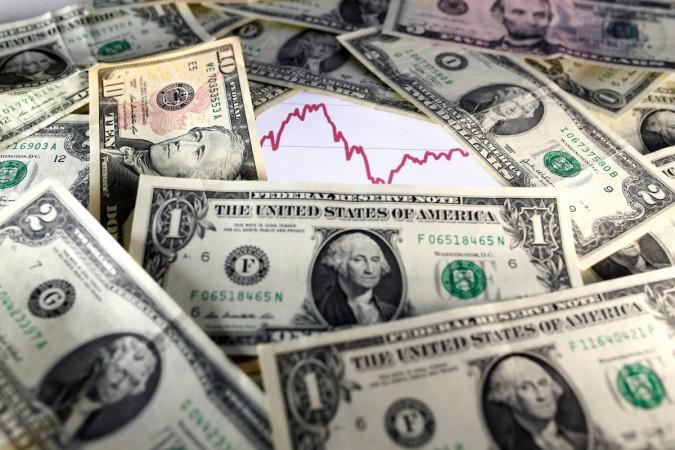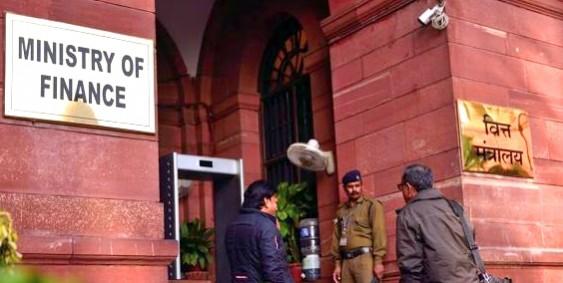Central government's debt in the last nine years has risen 174 per cent, while there has been a 100 per cent increase in external debt during the same period, i.e., between 2013-14 and 2022-23. External debt is a component of Central government's overall debt.
According to the Finance Ministry, Central government's debt was Rs 58.6 lakh crore (52.2 per cent of GDP) as on March 31, 2014, which went up by 174 per cent to Rs 155.6 lakh crore (57.1 per cent of GDP) as on March 31, 2023.

Similarly, the government's external debt was Rs 3,74,484 crore in 2013-14, which shot up by 100 per cent to Rs 7,48,895 crore in 2022-23. Government's external debt is financed mainly by multilateral and bilateral agencies.
Meanwhile, between 2019-20 and 2020-21, there was a sharp rise of 16 per cent in Central government's debt, which official sources said was mainly due to the Coronavirus pandemic that hugely disrupted projections of Centre's public finances.
At the end of 2019-20, the Central government's debt was Rs 105.1 lakh crore, which increased by 16 per cent to Rs 121.9 lakh crore at the end of 2020-21.

Despite the rise in Central government's debt over the last nine years, official sources said that the risk profile of Centre's debt stands out as safe and prudent in terms of accepted parameters of indicator-based approach for debt sustainability.
Government debt is held predominantly in domestic currency.
(With inputs from IANS)

















